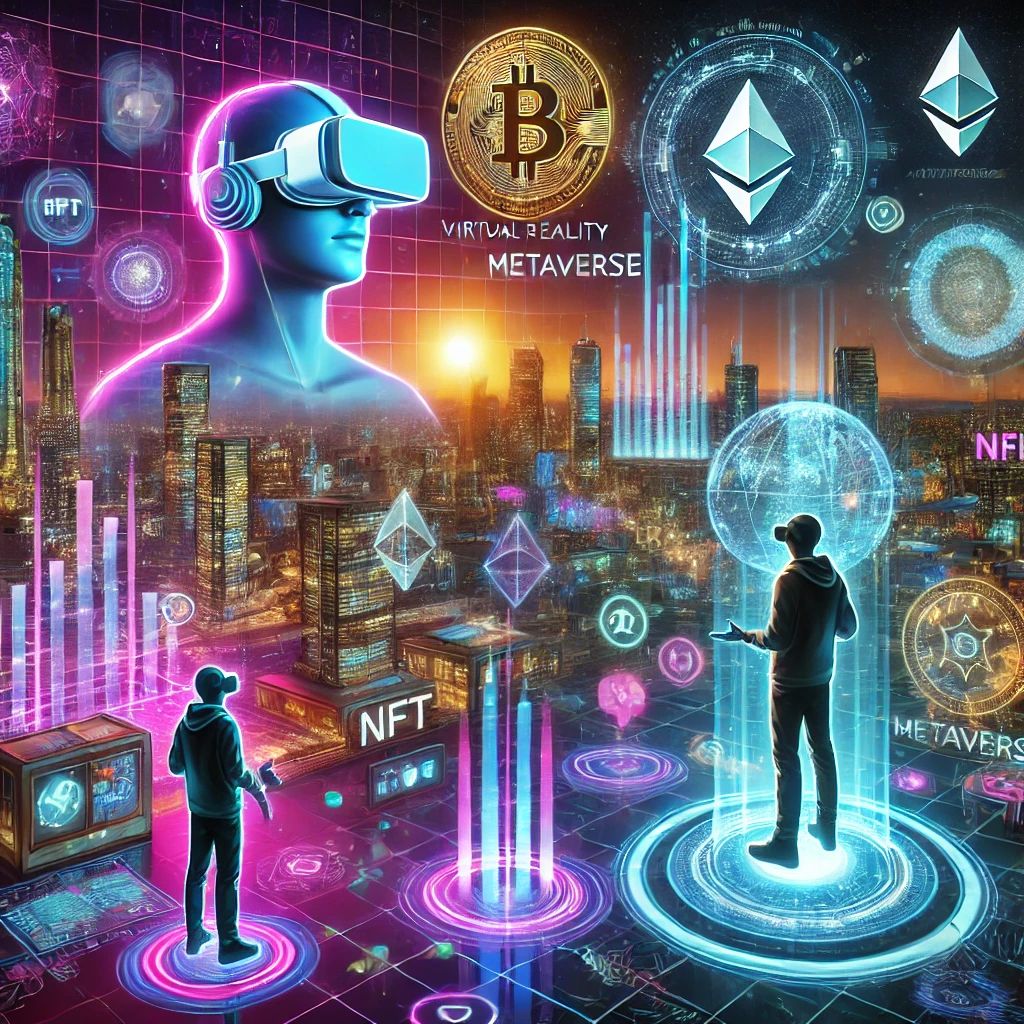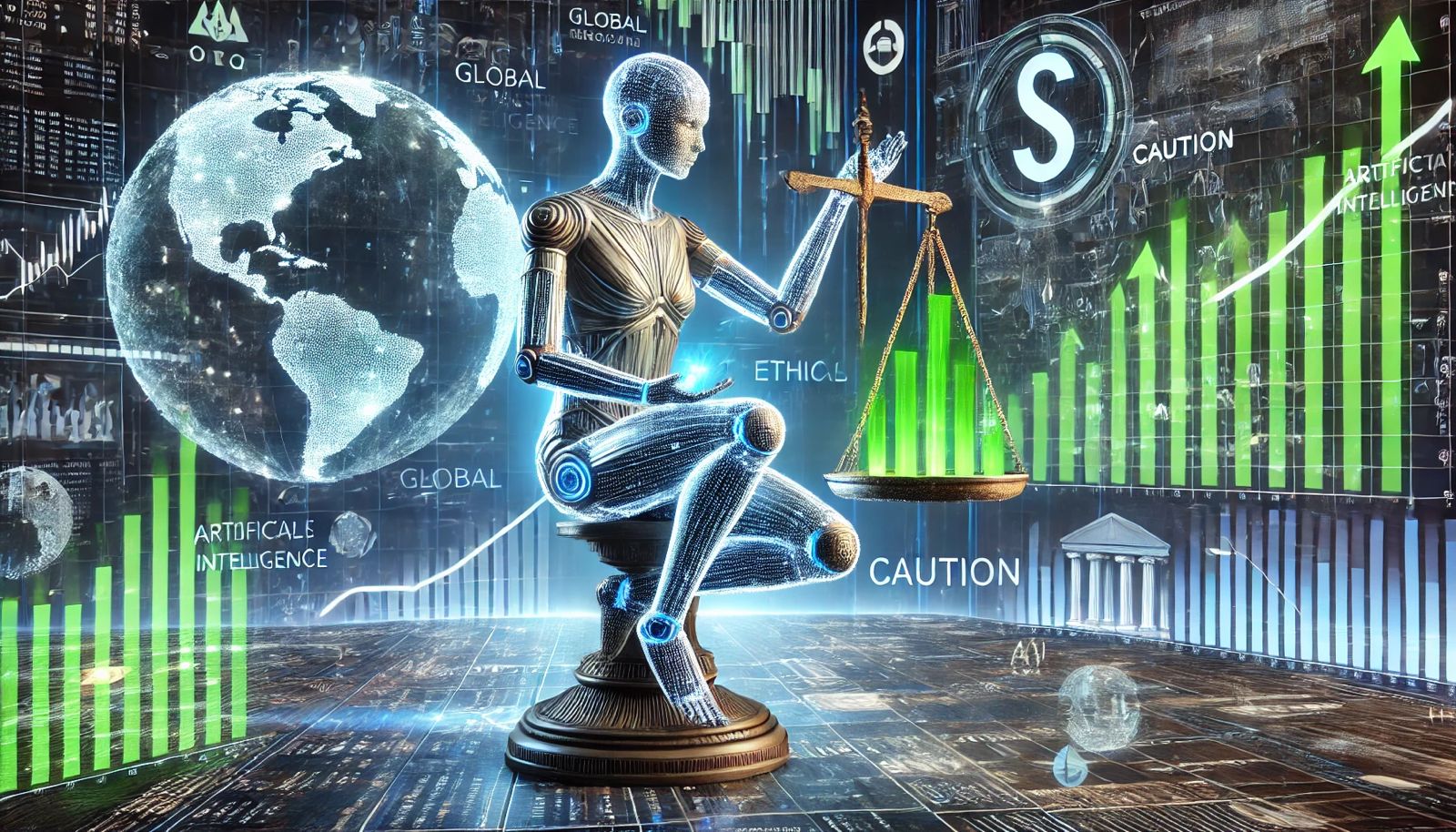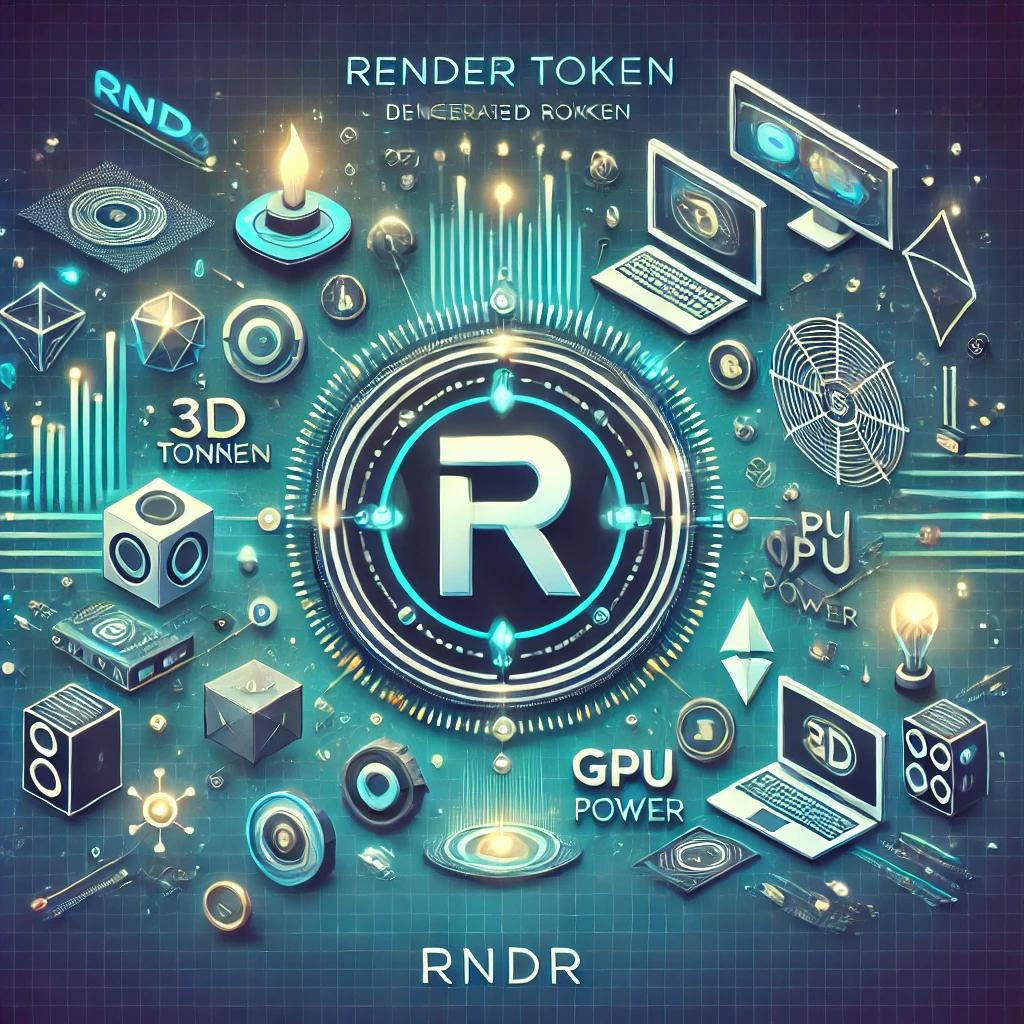The metaverse is a virtual space where users can interact with each other, digital objects, and virtual environments in real time. This concept combines elements of augmented reality (AR), virtual reality (VR), blockchain, and artificial intelligence (AI) to create a fully digital ecosystem.
The metaverse is already having a significant impact on industries such as gaming, social media, business, and education. It is expected to become the next evolution of the internet, also known as Web3.
What is the Metaverse?
The metaverse is not just virtual reality. It’s an integration of physical and digital worlds where people can:
• Create avatars and interact with other users.
• Buy and sell virtual assets, such as real estate, clothing, or NFTs.
• Participate in virtual events like concerts or exhibitions.
Key Technologies Behind the Metaverse
1. Augmented and Virtual Reality (AR and VR):
Creates a sense of presence in a digital environment.
2. Blockchain:
Ensures the security and ownership of digital assets, such as NFTs.
3. Artificial Intelligence (AI):
Helps create more realistic and interactive virtual worlds.
4. 5G and Cloud Computing:
Boosts connection speeds and provides access to advanced computational resources.
How the Metaverse Impacts Different Sectors
1. Gaming
The metaverse is already widely used in gaming. Examples include:
• Fortnite: Players create avatars, attend virtual concerts, and purchase digital outfits.
• Decentraland: A fully decentralized metaverse where users can buy virtual real estate and host events.
Impact:
• Development of new game content and monetization through NFTs.
• Enhanced interaction between players.
2. Social Media
The metaverse is becoming a new platform for communication:
• Users create personalized avatars.
• Communication occurs in VR spaces.
Example: Facebook (now Meta) is actively developing projects to create a social metaverse.
3. Business and Commerce
The metaverse offers new opportunities for businesses:
• Virtual stores to sell goods.
• Corporate meetings and presentations in VR spaces.
• Branding within metaverses (e.g., Gucci’s digital clothing).
Potential Impact:
• Simplified global interactions.
• Increased sales of digital products.
4. Education
The metaverse could revolutionize education by offering:
• Virtual classrooms with a full sense of presence.
• Interactive training, such as simulations for medical or aviation practices.
Example: Museums and universities are creating virtual tours and lectures.
The Metaverse Economy
1. Virtual Real Estate:
Platforms like Decentraland and The Sandbox allow users to buy, sell, and rent digital plots.
2. NFTs:
Digital items such as artwork, music, and even virtual clothing are sold for real money.
3. Cryptocurrencies:
Many metaverses use native tokens (e.g., MANA in Decentraland), which can be exchanged for real currency.
4. Job Market:
New professions are emerging, such as virtual world designers, metaverse architects, and NFT consultants.
Advantages and Disadvantages of the Metaverse
Advantages:
1. Enhanced Interaction: People worldwide can communicate and work together.
2. Economic Opportunities: Ability to earn through virtual goods and services.
3. Innovation: Virtual worlds drive the development of new technologies.
Disadvantages:
1. Technology Dependence: Requires expensive devices and fast internet connections.
2. Privacy Concerns: Metaverses can collect vast amounts of user data.
3. Potential Isolation: People may spend too much time in virtual reality, neglecting the real world.
The Future of the Metaverse
The metaverse promises to become an integral part of daily life. In the coming years, it will integrate into areas such as:
• E-commerce: Buying and selling goods in virtual stores.
• Healthcare: Virtual consultations and training.
• Entertainment: Movies and concerts in VR format.
Companies like Meta, Microsoft, and Google are heavily investing in these technologies, ensuring their growth in the near future.
Conclusion
The metaverse is the future of the internet and digital interaction. It’s transforming how we communicate, work, learn, and entertain ourselves. Despite its challenges and drawbacks, the metaverse holds immense potential, and its impact on the world will only continue to grow.



